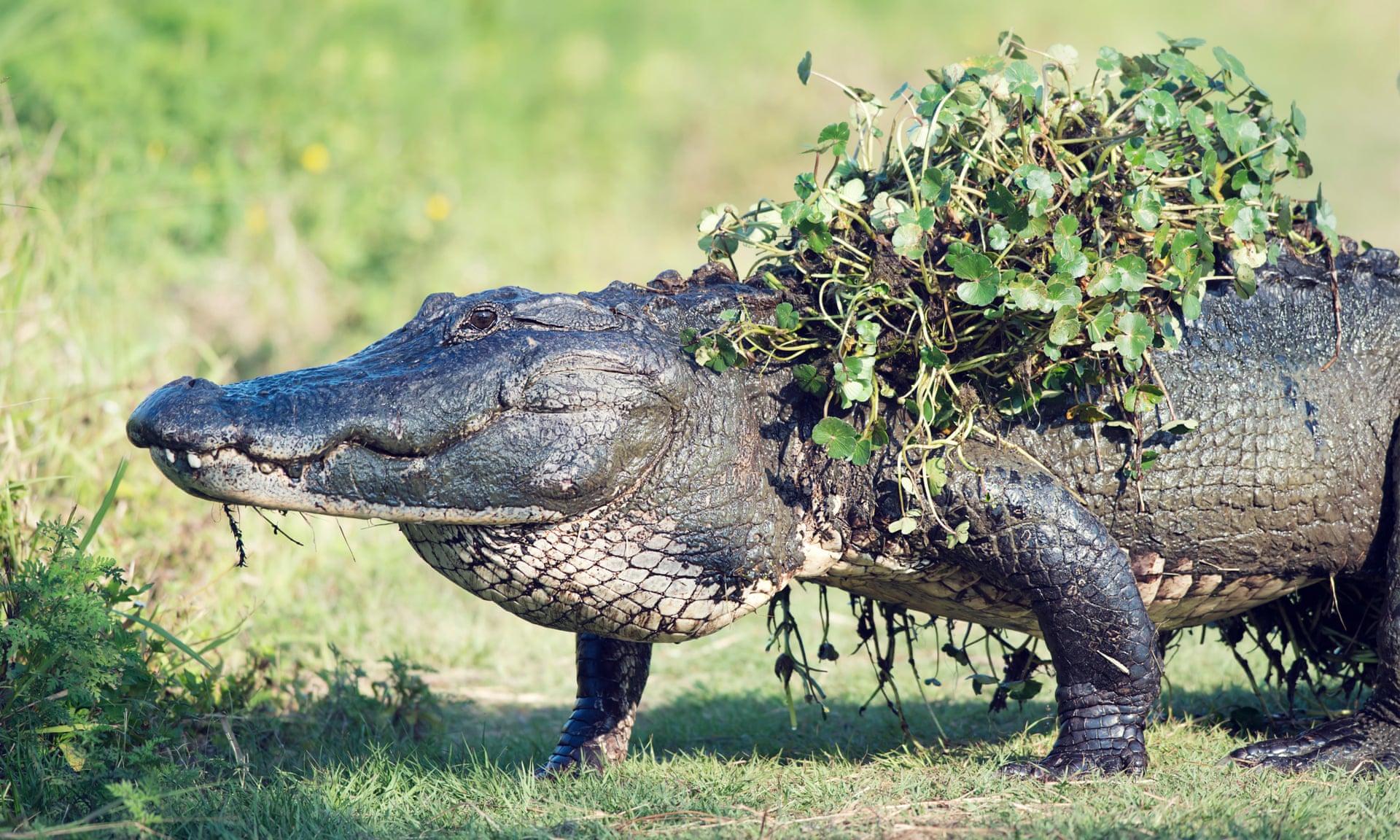 |
| Gray wolf howling |
Officials have confirmed that an attack on livestock was made by a wolf in California for the first time in over a century. A report by the California Department of Fish and Wildlife (CDFW) indicated that the incident occurred on October 13 when a heifer on a ranch in Lassen County was attacked and killed by a wolf pack dubbed the "Lassen Pack." After investigating the animal's carcass, the Fish and Wildlife Department officials stated that the "location and nature of the bite marks and the significant associated tissue hemorrhaging" were logical with a wolf attack. The agency also recognized wolf tracks and the proof of a struggle near the carcass, which was missing one leg, seven ribs, and much of the heifer's neck. This was not the only investigation of a wolf attack on livestock in Lassen County. In September, the department investigated four other probable wolf depredations - or kills - on the same ranch in which one kill was concluded as a "possible" wolf devastation while the remaining cows' causes of death were unknown. Wallace Roney, the owner of the ranch, believes that wolves were responsible for the deaths of his five cows. A statement by the California Farm Bureau Federation claimed that "GPS data and eyewitness reports place the Lassen Pack near the cattle at the time of their deaths."
While it is disturbing to hear that Mr. Wallace's cows had died as a result of what he believes to be wolves, it is clear that he and other ranchers are well-aware of the wolves' presence in Lassen County since the Fish and Wildlife Department announced the discovery of the Lassen Pack in July. The pack is led by an alpha male named OR-7, who migrated into northern California from Oregon six years ago. His pack is the second wolf pack found in the region since the 1920s when California's wolf population was devastated by humans. After almost a century since the wolf's annihilation, or localized extinction, the California Fish and Game Commission included wolves to the state's Endangered Species List, much to the shock of ranchers who feared that such protections would threaten their livelihoods. The statement by the Farm Bureau indicated that livestock groups castigated the CDFW for failing to publicly announce the wolf kill. But the agency's spokesperson, Jordan Traverso, denied such claims saying that the agency announced the wolf kill on its official website and blog, and that it went through "great lengths" to talk with those possibly affected by the Lassen Pack. He further added that the agency provided Mr. Wallace with "non-lethal assistance/tools", but he declined.
This news clearly highlights the hostility ranchers, organizations representing the ranchers, and the farming industry have towards the CDFW and the Fish and Game Commission, regarding wolves in northern California. The hostility took a step further in January when a conservative legal foundation filed a lawsuit on behalf of the California Cattlemen's Association and the California Farm Bureau Federation claiming that the commission added wolves illegally into the Endangered Species List. This attitude the ranchers have towards the CDFW and the Fish and Game Commission is comparable to that of French sheep farmers towards their local government. They do not want wolves roaming in the region and are not willing to work with wildlife agencies and organizations or take suggestions from them to tackle their wolf problem. If this hostility continues, then these ranchers will continue to lose their cattle to wolves or some other factors thus affecting their livelihoods. It is crucial that the ranchers and the CDFW and Fish and Game Commission join forces with one another to tackle this potential wolf problem. This includes coming up with non-lethal solutions such as the use of livestock guardian dogs to prevent wolves from preying on the ranchers' cattle. The key is to coexist peacefully without resorting to any harmful means of protection.
View article here




.jpg/800px-2013_Elephant_population_(30249979363).jpg)
_(19726308174).jpg/1920px-Blackbucks_(Antilope_cervicapra)_(19726308174).jpg)

.jpg)
























